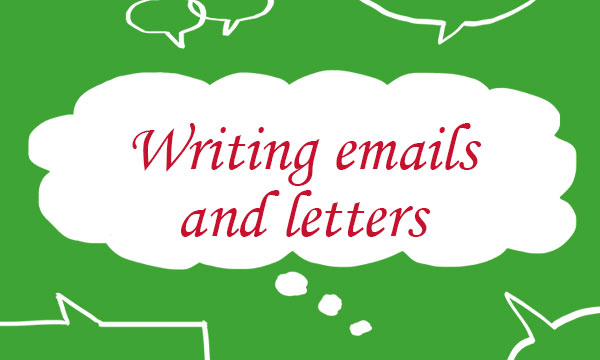Talking on the phone in a foreign language can be intimidating. You’re unable to see the facial expressions and body language of the other person on the phone, which are often useful communicative signs that help language learners to understand the gist of what someone is saying. Also, many countries have their own way of greeting people on the phone, including Italy. This blog will help you to feel more confident when the time comes for you to make a phone call in Italian.

Once you’ve dialled the number and someone answers, the first thing you are likely to hear is Pronto? (Hello?) or Pronto, chi parla? (Hello, who’s speaking please?). Pronto literally means ready, which is always the same whoever is speaking on the phone. You wouldn’t normally use ciao in this situation which can mean both hello and a casual bye. Make sure to introduce yourself to the person who picks up the phone using sono… (I’m…) or parla (this is…).
Pronto signor Ferrari, parla Melissa.
Hello Mr Ferrari, this is Melissa speaking.
Pronto, sono Giulia, ti disturbo?
Hello, this is Giulia, is this a bad time?
If you want to ask for someone in particular, use C’è…? (Is…there?), or Ci sono…? (Are…there?).
C’è Federica, per favore?
Is Federica there, please?
Sono in casa i tuoi genitori?
Are your parents in?
If the person you’re looking for isn’t available, you may hear mi dispiace, non c’è, which means sorry, he/she/they are not in.
To say what you’re phoning for, you can use the phrase chiamare which means to call/to phone.
Chiamo per parlare con Maria.
I’m phoning to talk to Maria.
Chiamo a proposito di domani sera.
I’m phoning about tomorrow night.
Chiamo a proposito della prenotazione che ho fatto.
I’m calling about the reservation I made.
If you want to ask whether you can do something, use Posso…? (Can I…?)
Posso lasciare un messaggio?
Can I leave a message?
Posso richiamare?
Can I call back later?
Le posso lasciare il mio numero?
Can I leave my number with you, please? (formal)
Ending a telephone call is the same as saying goodbye face to face. You can use arrivederci to say goodbye to people you don’t know so well or to somebody older, or just ciao to a friend or somebody young.
Arrivederci, signor Ferrari!
Goodbye, Mr Ferrari!
Ciao, Federica. Buona serata!
Bye Federica. Have a nice evening!
Don’t forget to come back for the next blog post to help you continue with the conversation!



